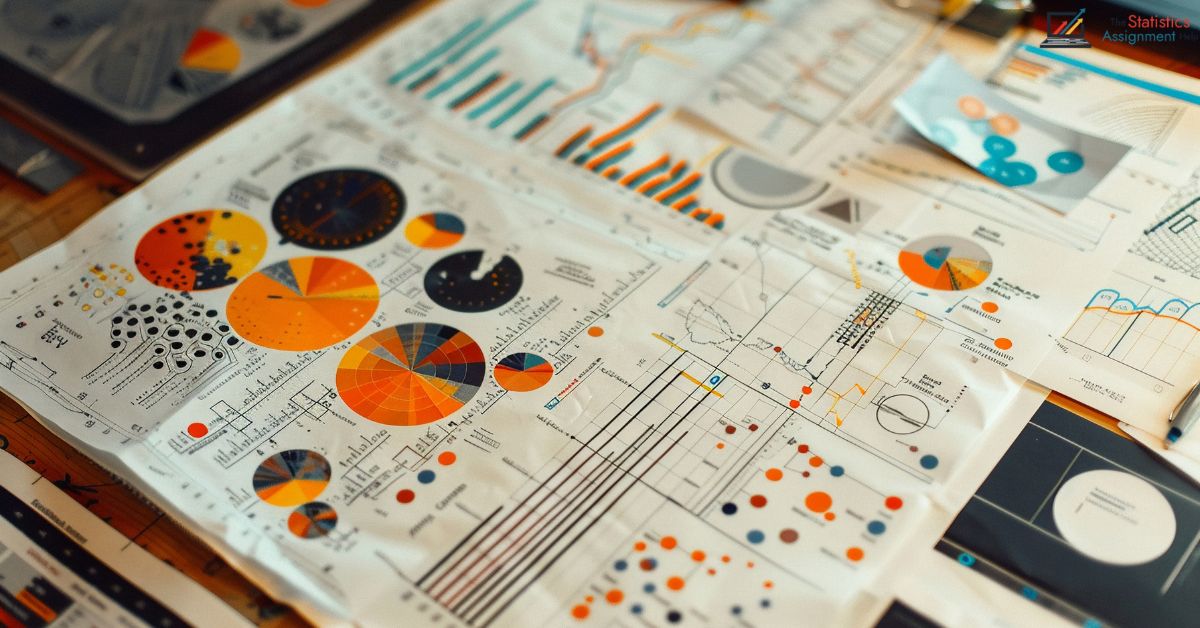
- 8th Sep 2025
- 06:03 am
In a world driven by data, the ability to predict future outcomes has become more important than ever. Whether it’s stock market movements, weather conditions, or customer demand, accurate forecasting helps businesses and researchers make informed decisions. Time series analysis plays a central role in this process. As we enter 2025, time series forecasting is undergoing significant transformation. Traditional statistical methods are now integrated with machine learning and artificial intelligence, creating smarter and more adaptive models. This blog explores the key trends in time series analysis for 2025, the latest tools, and real-world applications shaping industries today.
What is Time Series Analysis?
Time series analysis is the study of data points collected or recorded at specific time intervals. Unlike regular datasets, time series data is sequential and often exhibits patterns like trends, seasonality, or cycles. Examples include:
- Daily stock prices
- Monthly sales data
- Hourly temperature readings
The primary goal is to model these patterns and make accurate forecasts about future values.
Why Time Series Analysis Matters in 2025
The relevance of time series analysis has grown because:
- Explosion of IoT and Big Data: Billions of devices are now producing continuous streams of data.
- AI Integration: Machine learning and deep learning improve the accuracy of predictions.
- Demand for Real-Time Forecasting: Industries require immediate insights to stay competitive.
In 2025, businesses and researchers cannot rely only on traditional methods. They need hybrid approaches that combine classical models with modern AI.
Key Trends in Time Series Forecasting (2025)
1. Hybrid Models (Statistics + Machine Learning) - Traditional models like ARIMA, SARIMA, and Exponential Smoothing are now combined with ML techniques. Hybrid models improve accuracy by leveraging both interpretability (statistics) and predictive power (AI).
2. Deep Learning in Forecasting - Neural networks such as LSTM (Long Short-Term Memory) and Transformers are increasingly used. These methods handle complex dependencies, making them ideal for large and nonlinear datasets.
3. Automated Forecasting (AutoML) - Tools like Facebook Prophet, AutoTS, and Azure AutoML make forecasting accessible without deep coding expertise. AutoML automatically selects, tunes, and evaluates models, saving time for students and professionals.
4. Cloud-Based Forecasting - Platforms like Google Cloud, AWS, and Microsoft Azure enable real-time forecasting on massive datasets. Cloud computing ensures scalability, flexibility, and cost efficiency.
5. Ethical and Responsible Forecasting - With data privacy laws tightening, there is growing focus on using transparent, fair, and explainable models. Organizations are balancing predictive power with accountability.
Tools for Time Series Analysis in 2025
|
Tool |
Key Features |
Best For |
|
Python |
Libraries like Pandas, Statsmodels, Scikit-learn, Prophet |
Students, Researchers, Data Scientists |
|
R |
Strong in statistical modeling and visualization |
Statisticians, Academics |
|
MATLAB |
Advanced numerical analysis and simulations |
Engineering and Research |
|
Apache Spark |
Large-scale distributed data processing |
Big Data Applications |
|
Tableau/Power BI |
Visualization-driven forecasting |
Business Analysts |
Real-World Applications of Time Series Analysis
- Finance: Predicting stock prices, fraud detection, and risk analysis.
- Healthcare: Forecasting disease outbreaks, patient admission rates, and treatment effectiveness.
- Retail: Demand forecasting, sales prediction, and personalized recommendations.
- Climate Science: Weather and climate pattern forecasting using satellite and IoT data.
- Transportation: Traffic flow prediction, fleet management, and supply chain optimization.
- Energy: Forecasting electricity demand and renewable energy generation.
Challenges in Time Series Forecasting
- Data Quality: Missing values, outliers, and inconsistencies affect accuracy.
- Complexity: Modern datasets are nonlinear, multi-dimensional, and harder to model.
- Interpretability: Deep learning models are powerful but often act as black boxes.
- Real-Time Processing: Handling live streams of data requires strong computational resources.
The Future of Time Series in 2025 and Beyond
Time series forecasting will increasingly rely on AI-driven, automated systems that combine transparency with accuracy. For students and professionals, learning both classical statistical methods and modern machine learning techniques is essential. Platforms like The Statistics Assignment Help can support learners with assignments, projects, and real-world problem-solving, making the journey easier and more effective.
FAQs on Time Series Analysis 2025
1. What makes time series analysis different from other data analysis methods?
Unlike other datasets, time series data is sequential, and past values directly influence future outcomes. This temporal nature makes forecasting unique and more complex.
2. Which industries benefit the most from time series forecasting in 2025?
- Finance for stock market and fraud detection
- Healthcare for predicting outbreaks and hospital needs
- Retail for demand forecasting and personalized marketing
Energy for power consumption and renewable energy predictions
3. Do I need advanced coding skills to learn time series analysis?
Not necessarily. While coding knowledge in Python or R is valuable, user-friendly tools like Tableau, Power BI, and AutoML platforms allow beginners to start forecasting with minimal programming.
4. What are the most popular algorithms for time series in 2025?
- ARIMA and SARIMA for traditional forecasting
- LSTM and Transformer models for deep learning
- Hybrid models that blend statistics and ML for higher accuracy
5. Can I get academic help with time series projects?
Yes, time series projects often involve both statistics and programming, which can feel overwhelming. Students can seek step-by-step guidance from expert platforms like The Statistics Assignment Help to simplify learning and succeed in assignments.








